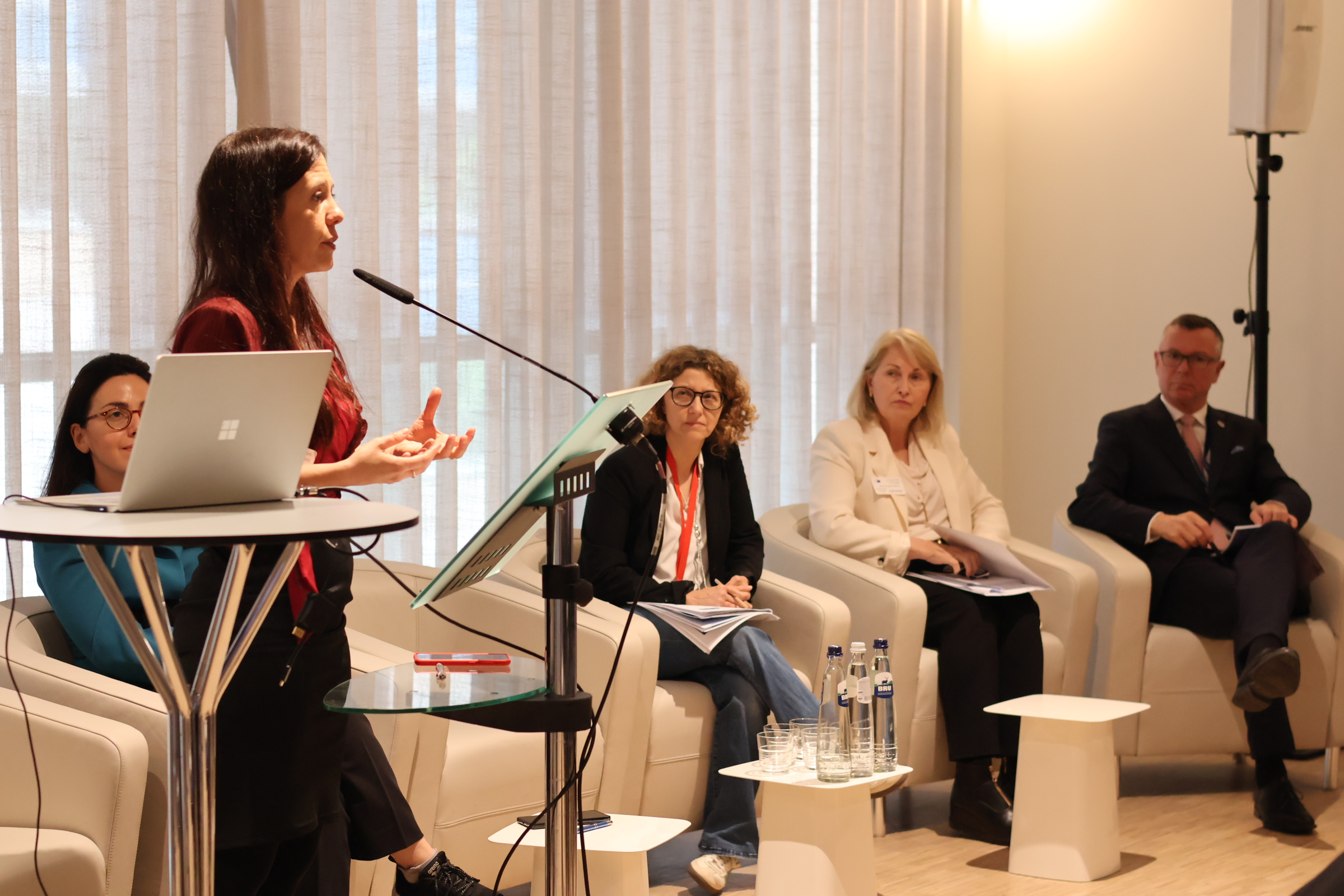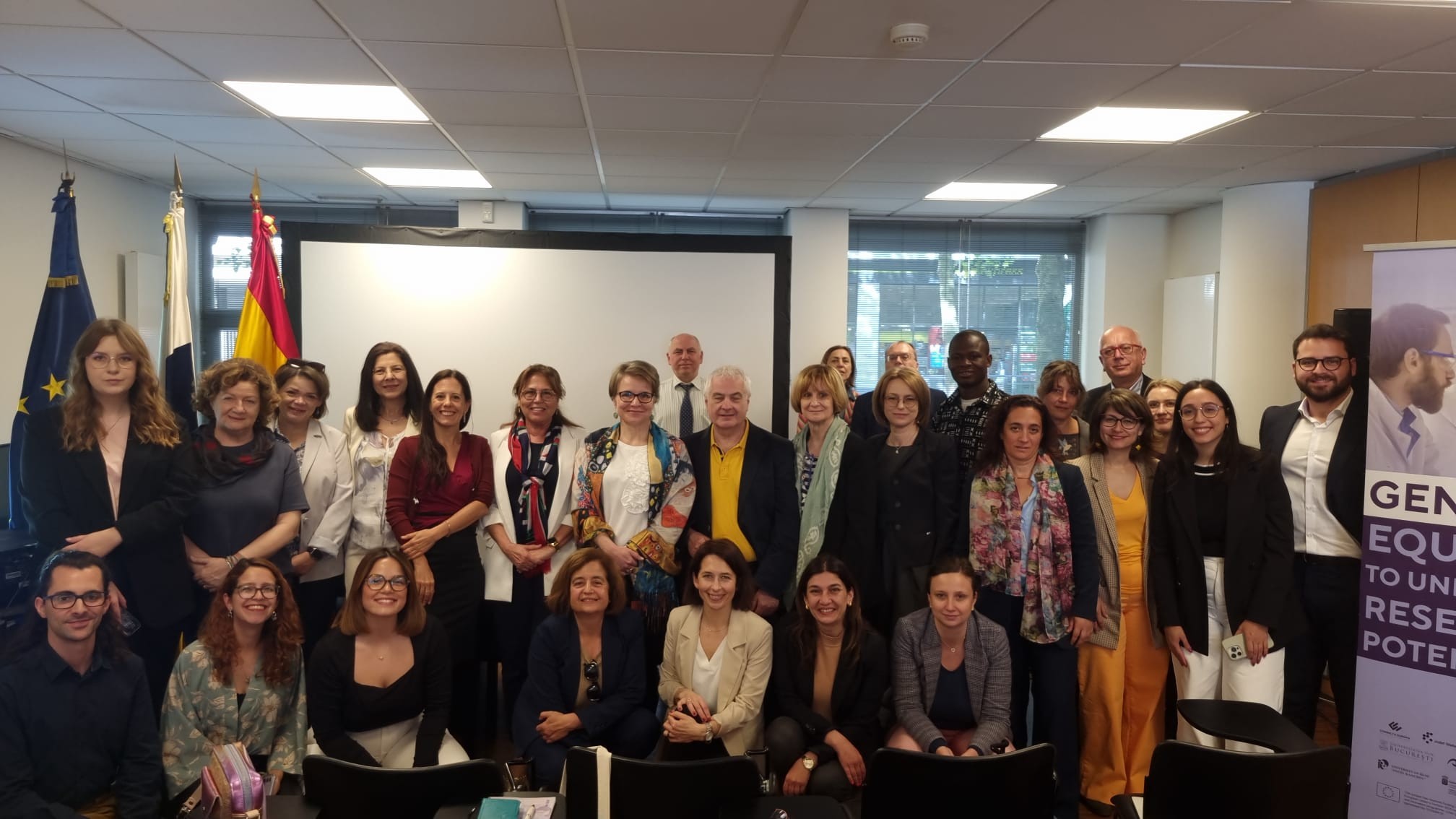
Good practices of today for better practices tomorrow

The University of Bucharest has been the lead partner of the ATHENA consortium for the elaboration of the Compendium of Best Practices, as part of the project work package 4 – GEPS Development and implementation (Task 4.1).
It was quite a challenging mission to produce a material that brings something new, useful in the context of the mushrooming of European projects dedicated to the design and implementation of Gender Equality Plans (GEPs) in Higher Education Institutions (HEIs) and Research Performing and Funding organisations (RPOs/RFOs). The long-term aim of the Compendium was to support partners institutions from the ATHENA consortium (but not only) in the development of their GEPs.
For a clear profile of the document, a set of preliminary selection criteria has been decided in advance – e.g., the balance between examples of best practices from HEIs, RPOs and RFOs; representation, as possible, of each European country; main focus on institutions that developed GEPs as part of previous HORIZON sister projects and expressly on those GEPs already implemented as part of finalized HORIZON projects.
To avoid replication of information and formats already produced in other EU publications (e.g. the Gender Equality in Academia and Research (GEAR) tool or the Horizon Europe Guidance on Gender Equality Plans), the team decided to bring together, whenever possible, several examples of institutions under one specific best practice in order to illustrate the replicability, as well as the various institutional settings in which an activity may be successfully implemented and to assess as common or creative the respective initiatives.
Eight HORIZON finalised sister projects (SAGE, GENERA, TARGET, LIBRA, EQUAL-IST, Baltic Gender, PLOTINA, GEECCO) and twelve ongoing projects have been thoroughly documented. In the end, out of the 198 institutions selected, covering the twenty HORIZON projects, the final scrutiny covered around 50 GEPs (only those described in English) from HEIs, RPOs and RFOs.
The Compendium gathered good practices across 8 areas of interest: Leadership for Gender Equality, Institutional Design for Gender Equality, Human Resources (Recruitment, Retention & Career Progression), Engendering Research, Engendering Teaching, Sexual Harassment and Gender-Based Discrimination, Work-Life Balance and Care Responsibilities, Institutional Communication.
Based on the documentation and research work for this Compendium, certain aspects have been noticed:
Improving gender-sensitive data gathering mechanisms is essential in the design and implementation of the GEPs. Mentioned as a general requirement in all GEPs analysed, methodological details about how concretely such data can be improved are often missing. An efficient approach could be to consider this endeavour of gendering data as a transversal practice within all areas of initiatives proposed, as it influences decisions and strategies in all domains.
Budgeting for GEPs, another key ingredient but also an obstacle for a successful GEP, was not included as a separate key action area due to the loose references within the documented GEPs. Many documents describe a lot of interesting creative activities and actions but few of them foresee explicitly a clear budget strategy for the whole GEP construction, implementation and monitoring. Beyond financial provisions for hiring dedicated staff, a solid GEP should be proposed together with a coherent stable identified budget for the whole areas of action decided.
Attention should be paid to the dangers of the ”copy-paste” strategy, as important differences among GEPs need to be considered in the evaluation process of good practices. For example, the national 03contexts concerning gender equality policies influence the degree of institutional autonomy, allowing less or more internal initiatives on the part of institutions. Also, the level of experience in the implementation of GEPs (first generation or 2nd, 3rd, etc.) should be considered, as different institutions are in different stages of the GEP implementation process. A very good practice in one place, if simply copy-paste, could be ineffective in other institutional and national contexts.
Last but not least, although the actual EU interest moved from Gender Equality Plans to Gender Inclusive Plans, the intersectional approach to gender equality in education and research is rarely observable.



![[PRESS RELEASE] ATHENA Hosts High-Level Discussions on Gender Equality in European Research](https://www.athenaequality.eu/wp-content/uploads/2025/03/PRESS-RELEASE-1.jpg)












